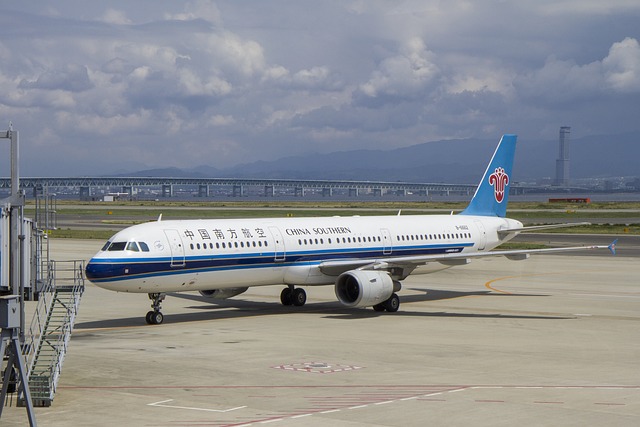On December 27th, Trip.com Group saw a startling 254% rise in outgoing airline reservations from mainland China compared to the previous day. Following China’s decision to reopen its borders on December 27, flights destined for Singapore, South Korea, Hong Kong (China), Japan, and Thailand surged to become the top five tourist destinations.
Singapore was the fastest-growing location, with flight reservations increasing by a factor of six, followed by average increases of 400% for the other four destinations. In addition, long-haul airline reservations to the United Kingdom, the United States, and Australia increased.
Based on internet searches for outgoing flights, Shanghai, Beijing, Guangzhou, Chengdu, and Hangzhou occupied the top five positions as China’s most popular departure destinations. In the meanwhile, the rising demand for international travel is reflected by a surge in the number of foreign visitors interested in visiting China.
According to statistics from Trip.com Group, reservations for incoming flights skyrocketed 412 percent on December 27 compared to the same time on December 26. Australia, Germany, Japan, Singapore, and Hong Kong SAR topped the top inbound travel origins list.
Jane Sun, CEO of Trip.com Group, said, “The move would create enormous opportunities for both the Chinese inbound and outbound travel markets. As one of the first tourism companies to tap into the international market, Trip.com Group provides outstanding global one-stop services. But, of course, opportunities always come with challenges. While rapidly expanding our global network, Trip.com Group is also preparing for the added pressure on the service system expected to be brought about by the demand increase. We are confident that we can supply Chinese travelers unable to travel the world for three years with a safe and enjoyable trip.”















More Stories
US Visa Waiver Travelers Face Social Media Scrutiny from Feb 2026 Tourism Industry Warns of Visitor Exodus
Barcelona, Dubai, Geneva, Milan, Madrid & Paris Compete for WTTC Global Office: Tourism Leadership Battle
Europe Travel Market Defies Inflation: ETC Data Highlights Surge in Long-Haul and Intra-European Trips